Notes on the Cell Prokaryotic vs Eukaryotic Prokaryotic
















































































































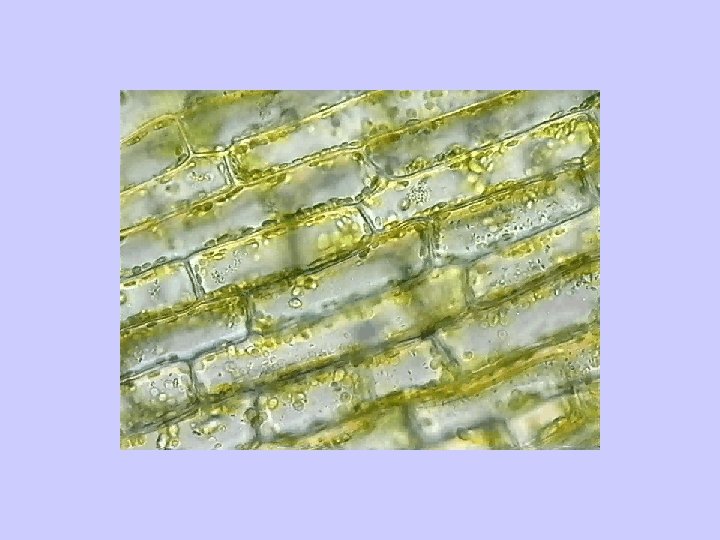


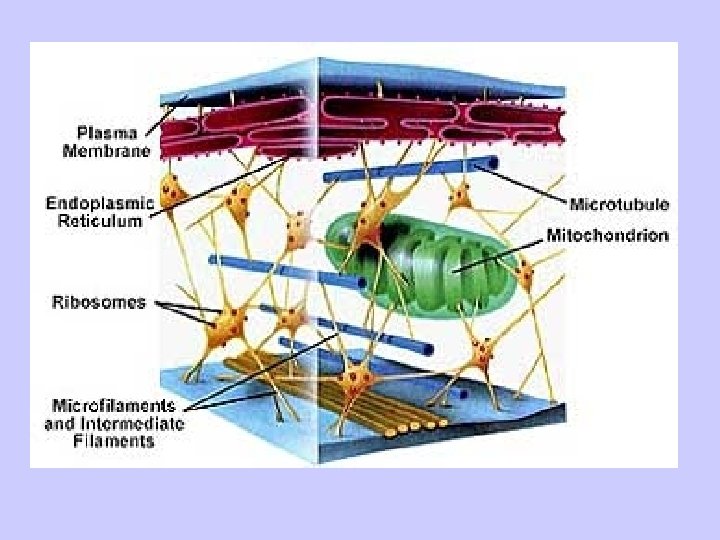
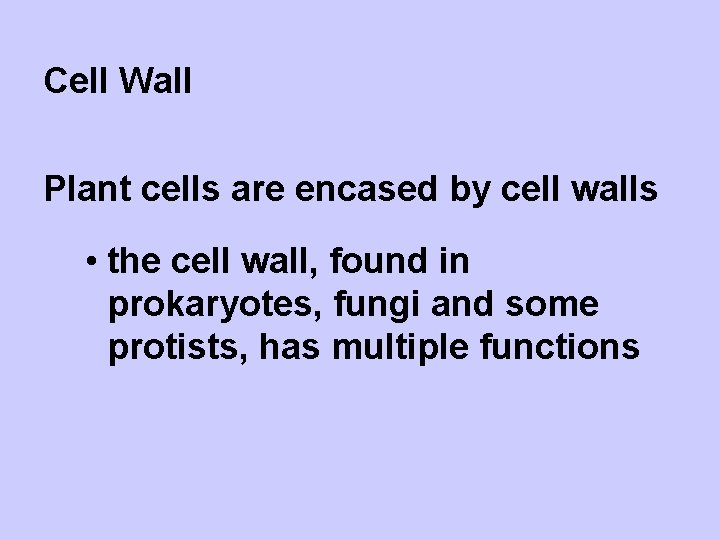
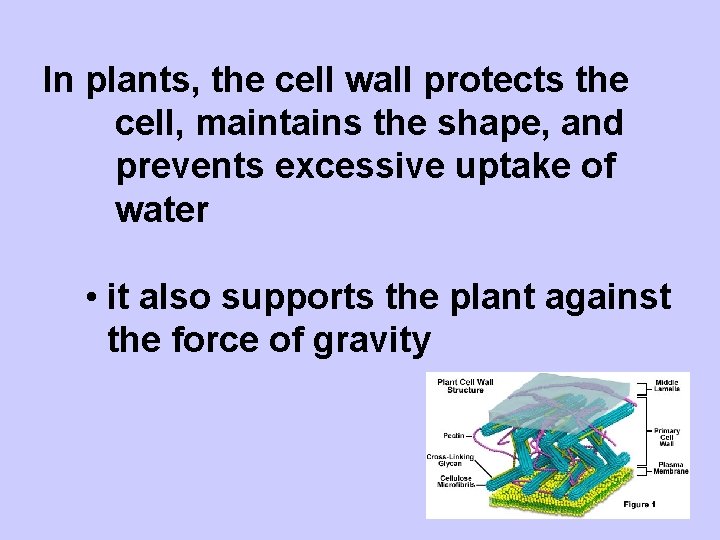
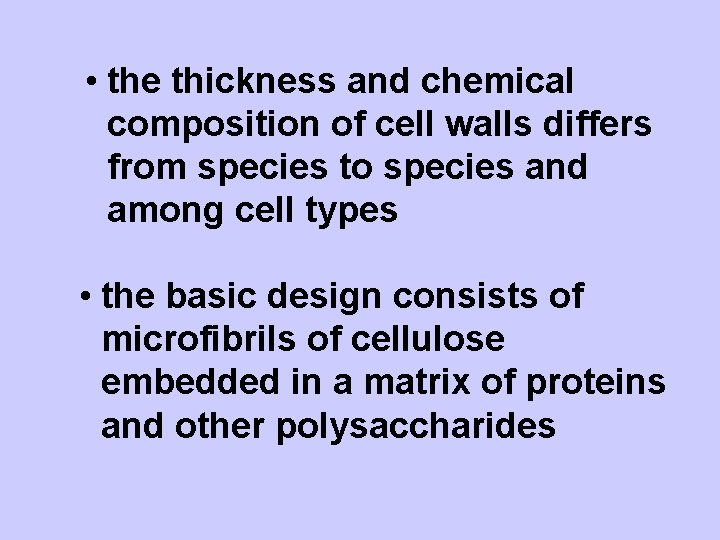
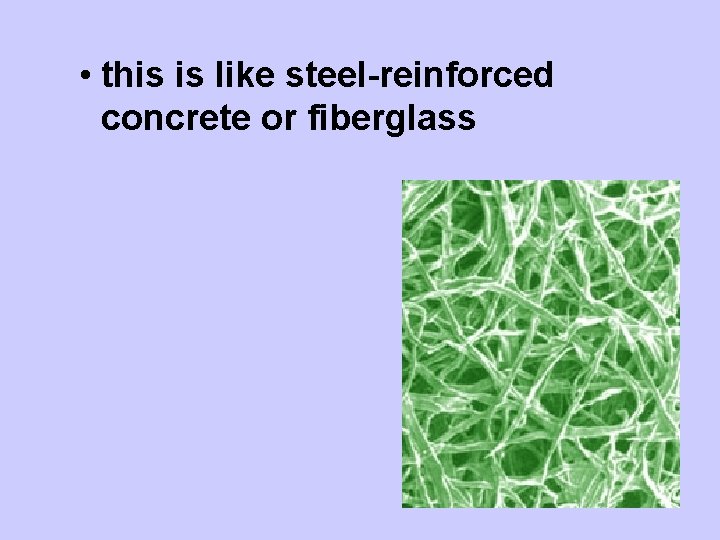
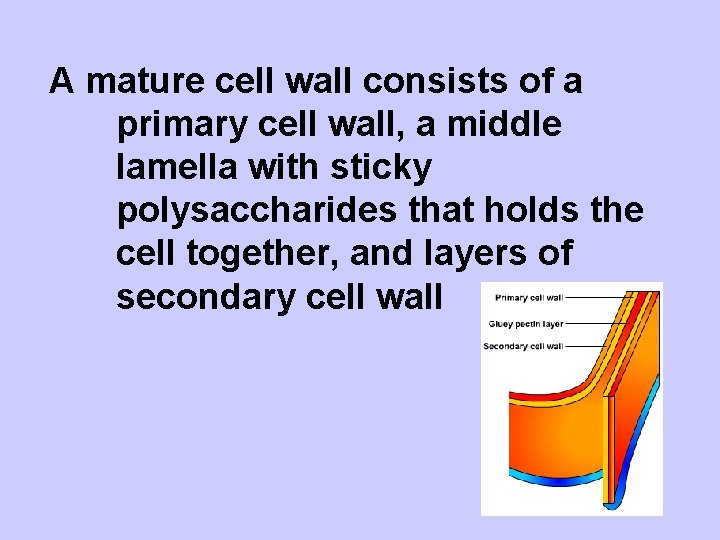
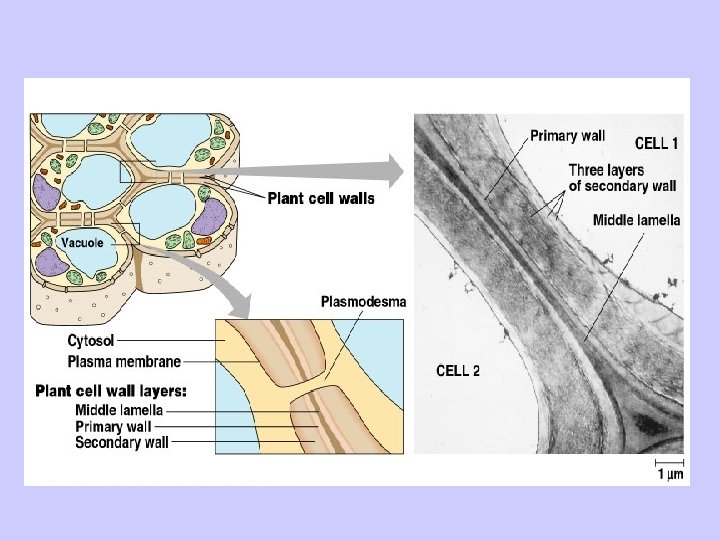
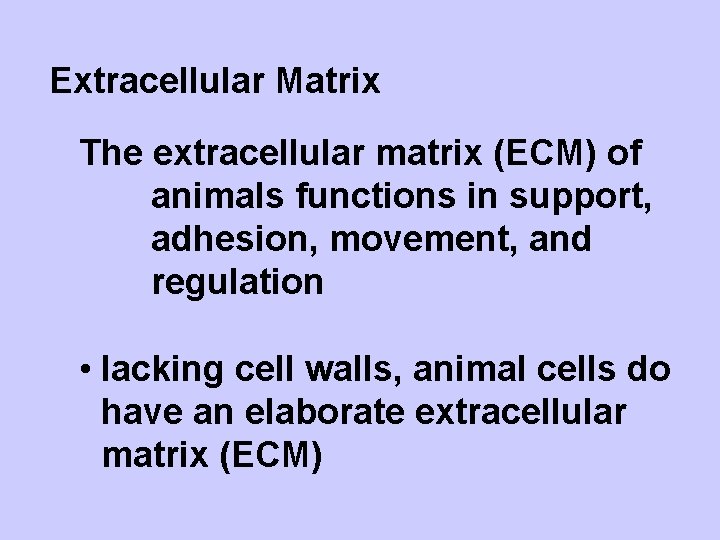
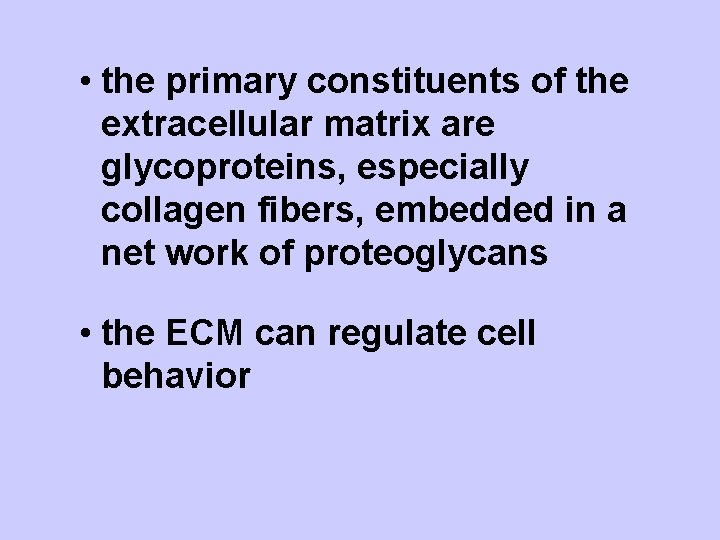
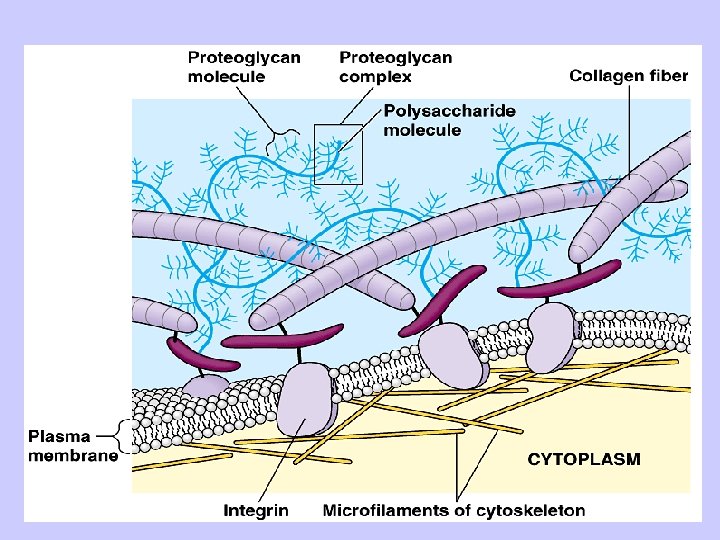
- Slides: 125

Notes on the Cell

Prokaryotic vs. Eukaryotic Prokaryotic and eukaryotic cells differ in size and complexity Organisms of the domains Bacteria and Archaea consist of prokaryotic cells Domain Archaea

Domain - Bacteria

Protists, fungi, animals, and plants consist of eukaryotic cells.

All cells whether they are prokaryotic or eukaryotic have the following:

• the semifluid substance within the membrane is the cytosol, containing the organelles • all cells contain chromosomes that have genes in the form of DNA • all cells also have ribosomes, tiny organelles that make proteins using the instructions contained in genes

A major difference between prokaryotic and eukaryotic cells is the location of chromosomes • in an eukaryotic cell, chromosomes are contained in a membrane-enclosed organelle, the nucleus

• in a prokaryotic cell, the DNA is concentrated in the nucleoid without a membrane separating it from the rest of the cell

• in eukaryote cells, the chromosomes are contained within a membranous nuclear envelope • the region between the nucleus and the plasma membrane is the cytoplasm

• all the material within the plasma membrane of a prokaryotic cell is cytoplasm

Within the cytoplasm of a eukaryotic cell is a variety of membranebound organelles of specialized form and function

• these membrane-bound organelles are absent in prokaryotes

Prokaryotic cell Eukaryotic cell

Eukaryotic cells are generally much bigger then prokaryotic cells • the logistics of carrying out metabolism set limits on cell size • as a cell increases in size its volume (l x w x h cubed) increases faster than its surface area (l x w squared)


• smaller objects have a greater ratio of surface area to volume

The plasma membrane functions as a selective barrier that allows the passage of oxygen, nutrients, and wastes for the whole volume of the cell oxygen wastes water nutrients

• the volume of the cytoplasm determines the need for this exchange • rates of chemical exchange may be inadequate to maintain a cell with a very large cytoplasm • the need for a surface sufficiently large to accommodate the volume explains the microscopic size of most cells

Larger organisms do not generally have larger cells than smaller organisms – simply more cells

A eukaryotic cell has extensive and elaborate internal membranes, which partition the cell into compartments

• these membranes also participate in metabolism as many enzymes are built into membranes

• the general structure of a biological membrane is a double layer of phospholipids with other lipids and diverse proteins

The Nucleus and Ribosomes • the nucleus contains most of the genes in a eukaryotic cell • some genes are located in mitochondria and chloroplasts

The nucleus is separated from the cytoplasm by a double membrane

• where the double membranes are fused, a pore allows large macromolecules and particles to pass through

• the nuclear side of the envelope is lined by the nuclear lamina, a network of intermediate filaments that maintain the shape of the nucleus

Within the nucleus, the DNA and associated proteins are organized into fibrous material, chromatin • in a normal cell they appear as a diffuse mass (thin stringy coil)

• however when the cell prepares to divide, the chromatin fibers coil up to be seen as separate structures, chromosomes


Each eukaryotic species has a characteristic number of chromosomes • a typical human cell has 46 chromosomes, but sex cells (eggs and sperm) have only 23 chromosomes

In the nucleus is a region of densely stained fibers and granules adjoining chromatin, the nucleolus

• in the nucleolus, ribosomal RNA (r. RNA) is synthesized and assembled with proteins from the cytoplasm to form ribosomal subunits

• the subunits pass from the nuclear pores to the cytoplasm where they combine to form ribosomes

The nucleus directs protein synthesis by synthesizing messenger RNA (m. RNA) • the m. RNA travels to the cytoplasm and combines with ribosomes to translate its genetic message into the primary structure of a specific polypeptide

Ribosomes build a cell’s proteins • ribosomes contain r. RNA and protein • a ribosome is composed of two subunits that combine to carry out protein synthesis

• cell types that synthesize large quantities of proteins (e. g. , pancreas) have large numbers of ribosomes and prominent nuclei

Some ribosomes, free ribosomes, are suspended in the cytosol and synthesize proteins that function within the cytosol Other ribosomes, bound ribosomes, are attached to the outside of the endoplasmic reticulum

• these synthesize proteins that are either included into membranes or for export from the cell

The Endomembrane System • many of the internal membranes in a eukaryotic cell are part of the endomembrane system • these membranes are either in direct contact or connected via transfer of vesicles, sacs of membrane

• in spite of these links, these membranes have diverse functions and structures • the endomembrane system includes the nuclear envelope, endoplasmic reticulum, Golgi apparatus, lysosomes, vacuoles, and the plasma membrane


Endoplasmic Reticulum The endoplasmic reticulum manufactures membranes and performs many other biosynthetic functions • the endoplasmic reticulum (ER) accounts for half the membranes in a eukaryotic cell

• the ER includes membranous tubules and internal, fluid-filled spaces, the cisternae

There are two regions of ER that differ in structure and function • smooth ER looks smooth because it lacks ribosomes

• rough ER looks rough because ribosomes (bound ribosomes) are attached to the outside, including the outside of the nuclear envelope

The smooth ER is rich in enzymes and plays a role in a variety of metabolic processes • enzymes of smooth ER synthesize lipids, including oils, phospholipids, and steroids • these include the sex hormones of vertebrates and adrenal steroids

The smooth ER also catalyzes a key step in the mobilization of glucose from stored glycogen in the liver • an enzyme removes the phosphate group from glucose phosphate, a product of glycogen hydrolysis, permitting glucose to exit the cell

Other enzymes in the smooth ER of the liver help detoxify drugs and poisons • these include alcohol and barbiturates • frequent exposure leads to the proliferation of smooth ER, increasing tolerance to the target and other drugs

Rough ER is especially abundant in cells that secrete proteins • rough ER is also a membrane factory

Golgi Apparatus The Golgi apparatus finishes, sorts, and ships cell products • many transport vesicles from the ER travel to the Golgi apparatus for modification of their contents


• the Golgi is a center of manufacturing, warehousing, sorting, and shipping • the Golgi apparatus is especially extensive in cells specialized for secretion

• the Golgi apparatus consists of flattened membranous sacs – cisternae – looking like a stack of pita bread

• one side of the Golgi, the cis side, receives material by fusing with vesicles, while the other side, the trans side, buds off vesicles that travel to other sites cis – side toward the nucleus trans – side away from the nucleus

• the Golgi can also manufacture its own macromolecules, including pectin and other noncellulose polysaccharides The Golgi tags, sorts, and packages materials into transport vesicles

Lysosomes are digestive compartments • the lysosome is a membranebound sac of hydrolytic enzymes that digests macromolecules


• lysosomal enzymes can hydrolyze proteins, fats, polysaccharides, and nucleic acids • these enzymes work best at p. H 5

While rupturing one or a few lysosomes has little impact on a cell, massive leakage from lysosomes can destroy a cell by autodigestion

• the lysosomes create a space where the cell can digest macromolecules safely

Lysosomes can fuse with food vacuoles, formed when a food item is brought into the cell by phagocytosis

• as the polymers are digested, their monomers pass out to the cytosol to become nutrients of the cell

The lysosomes play a critical role in the programmed destruction of cells in multicellular organisms • this process allows reconstruction during the developmental process

Several inherited diseases affect lysosomal metabolism • these individuals lack a functioning version of a normal hydrolytic enzyme • lysosomes are engorged with indigestible substrates

• these diseases include Pompe’s disease in the liver and Tay. Sachs disease in the brain

Vacuoles have diverse functions in cell maintenance Vesicles and vacuoles (larger versions) are membrane-bound sacs with varied functions

• food vacuoles, from phagocytosis, fuse with lysosomes • contractile vacuoles, found in freshwater protists, pump excess water out of the cell


Central vacuoles are found in many mature plant cells • the membrane surrounding the central vacuole, the tonoplast, is selective in its transport of solutes into the central vacuole

• the functions of the central vacuole include stockpiling proteins or inorganic ions, depositing metabolic byproducts, storing pigments, and storing defensive compounds against herbivores • it also increases surface to volume ratio for the whole cell


Mitochondria and Chloroplasts Mitochondria and chloroplasts are the main energy transformers of cells

• mitochondria and chloroplasts are the organelles that convert energy to forms that cells can use for work • mitochondria are the sites of cellular respiration, generating ATP from the catabolism of sugars, fats, and other fuels in the presence of oxygen


Chloroplasts, found in plants and eukaryotic algae, are the sites of photosynthesis • they convert solar energy to chemical energy and synthesize new organic compounds from CO 2 and H 2 O


Mitochondria and chloroplasts are not part of the endomembrane system • their proteins come primarily from free ribosomes in the cytosol and a few from their own ribosomes

Both organelles have small quantities of DNA that direct the synthesis of the polypeptides produced by these internal ribosomes • mitochondria and chloroplasts grow and reproduce as semiautonomous organelles

Almost all eukaryotic cells have mitochondria • there may be one very large mitochondrion or hundreds to thousands of individual mitochondria

• the number of mitochondria is correlated with aerobic metabolic activity

Mitochondria are quite dynamic: moving, changing shape, and dividing • mitochondria have a smooth outer membrane and a highly folded inner membrane, the cristae


• the cristae present ample surface area for the enzymes that synthesize ATP • the inner membrane encloses the mitochondrial matrix, a fluidfilled space with DNA, ribosomes, and enzymes

The chloroplast is one of several members of a generalized class of plant structures called plastids • amyloplasts store starch in roots and tubers

• chromoplasts store pigments for fruits and flowers

• the chloroplast produces sugar via photosynthesis

Chloroplasts gain their color from high levels of the green pigment chlorophyll • chloroplasts are found in leaves and other green structures of plants and in eukaryotic algae

The processes in the chloroplast are separated from the cytosol by two membranes • inside the innermost membrane is a fluid-filled space, the stroma, in which float membranous sacs, the thylakoids


• the stroma contains DNA, ribosomes, and enzymes for part of photosynthesis

The thylakoids, flattened sacs, are stacked into grana and are critical for converting light to chemical energy

Like mitochondria, chloroplasts are dynamic structures • their shape is plastic and they can reproduce themselves by pinching in two

Mitochondria and chloroplasts are mobile and move around the cell along tracks in the cytoskeleton

Peroxisomes generate and degrade H 2 O 2 in performing various metabolic functions • they contain enzymes that transfer hydrogen from various substances to oxygen


• an intermediate product of this process is hydrogen peroxide (H 2 O 2), a poison, but the peroxisome has another enzyme that converts H 2 O 2 to water • some peroxisomes break fatty acids down to smaller molecules that are transported to mitochondria for fuel

• others detoxify alcohol and other harmful compounds Peroxisomes are bound by a single membrane

• they form not from the endomembrane system, but by incorporation of proteins and lipids from the cytosol • they split in two when they reach a certain size

The Cytoskeleton The cytoskeleton is a network of fibers extending throughout the cytoplasm

• the cytoskeleton organizes the structures and activities of the cell

Providing structural support to the cell, the cytoskeleton also functions in cell motility and regulation

• the cytoskeleton provides mechanical support and maintains shape of the cell • the cytoskeleton provides anchorage for many organelles and enzymes

• the cytoskeleton is dynamic, dismantling in one part and reassembling in another to change cell shape

The cytoskeleton also plays a major role in cell motility • this involves both changes in cell location and limited movements of parts of the cell • the cytoskeleton circulate materials within a cell via streaming (cytoplasmic streaming)

There are three main types of fibers in the cytoskeleton: 1. Microtubules - the thickest fibers, are hollow rods • they move chromosomes during cell division

In many cells, microtubules grow out from a centrosome near the nucleus • in animal cells, the centrosome has a pair of centrioles, each with nine triplets of microtubules arranged in a ring

• during cell division the centrioles replicate

Microtubules are the central structural supports in cilia and flagella • both can move unicellular and small multicellular organisms by propelling water past the organism

Both cilia and flagella have a core of microtubules sheathed by the plasma membrane • nine doublets of microtubules arranged around a pair at the center, the “ 9 + 2” arrangement


2. Microfilaments – the thinnest class of the cytoskeletal fibers, are solid rods of the globular protein actin • microfilaments are designed to resist tension

In plant cells (and others), microfilaments drive cytoplasmic streaming • this creates a circular flow of cytoplasm in the cell • this speeds the distribution of materials within the cell


3. Intermediate filaments – intermediate in size, are specialized for bearing tension • intermediate filaments are built from a diverse class of subunits from a family of proteins called keratins

• intermediate filaments are more permanent fixtures of the cytoskeleton than are the other two classes • they reinforce cell shape and fix organelle location


Cell Wall Plant cells are encased by cell walls • the cell wall, found in prokaryotes, fungi and some protists, has multiple functions

In plants, the cell wall protects the cell, maintains the shape, and prevents excessive uptake of water • it also supports the plant against the force of gravity

• the thickness and chemical composition of cell walls differs from species to species and among cell types • the basic design consists of microfibrils of cellulose embedded in a matrix of proteins and other polysaccharides

• this is like steel-reinforced concrete or fiberglass

A mature cell wall consists of a primary cell wall, a middle lamella with sticky polysaccharides that holds the cell together, and layers of secondary cell wall


Extracellular Matrix The extracellular matrix (ECM) of animals functions in support, adhesion, movement, and regulation • lacking cell walls, animal cells do have an elaborate extracellular matrix (ECM)

• the primary constituents of the extracellular matrix are glycoproteins, especially collagen fibers, embedded in a net work of proteoglycans • the ECM can regulate cell behavior
